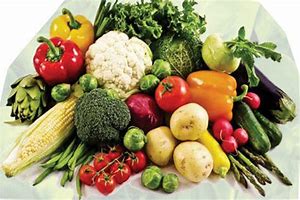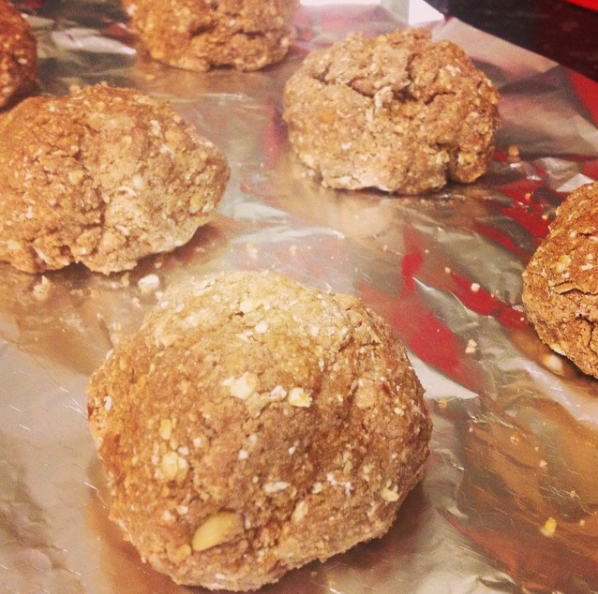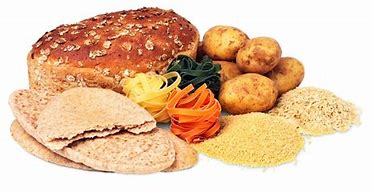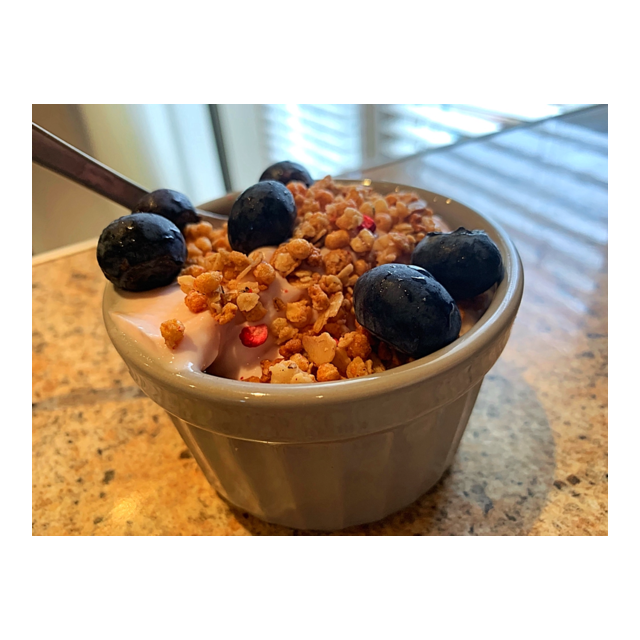NutriKate EZ Salmon
Salmon – packed full of nutrients including healthy fats such as omega 3 & vitamin D.
It is recommended that you have at least 2 portions of oily fish per week. So to help you achieve this, we have a delicious salmon recipe here for you to try!
What do I need to make this dish?
- 2 average salmon darns
- Black pepper
- 2 peppers, chopped (any colour)
- 1 handful of mangetouts
- 1 handful of sugar snaps
- 2 cloves of garlic
- 2tsp of green pesto
- Low fat crème fraiche
- 140g spaghetti
- 5 basil leaves
- Olive oil/1kcal cooking spray
Equipment: 1 non-stick frying pan, spatula, baking tray, cooking pot, chopping board
And what am I to do with the above?
- Preheat your oven to 200 degrees. Line an oven tray with some tinfoil and pop your salmon darns on to it. Add some black pepper, fold the tinfoil over the salmon so they are covered and pop it into the oven for 15-20 mins
- Add your cooking oil to a non-stick frying pan, chop the veg and garlic and add them to the pan, pop it on full heat, stir regularly
- Add your spaghetti to a pot with boiling water from the kettle – cook until soft (takes about 10 mins)
- While your veg, salmon and pasta are cooking, mix your pesto with the creme fraiche and add the basil. Mix again
- Once cooked, remove the veg from heat and drain the pasta. Add the creme fraiche mix to the vegetables and mix it all together. Add the pasta and mix again
- Serve with your salmon and enjoy!
Total prep/cook time: 30 minutes
Serves: 2
Nutrition Content:
- Calories: 739 kCals
- Protein: 36g
- Carbohydrates: 69g
- Fat: 39g
If you do try your hand at our EZ Salmon recipe please share your creation with us by tagging us on Instagram @nutrikate_com!

















